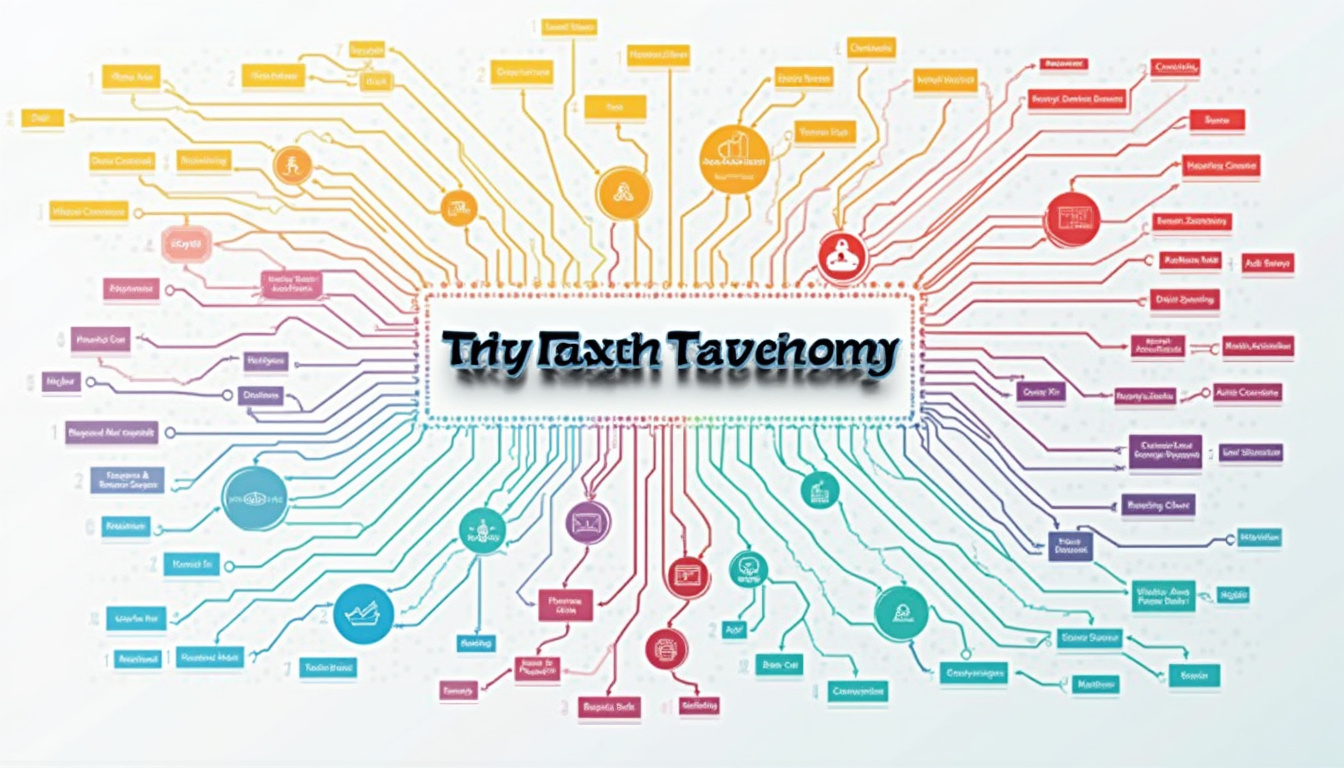In today’s fast-evolving business landscape, having the right tools to streamline procurement, enhance supply chain transparency, and improve categorization efficiency is critical. One such essential tool is the UNSPSC database—an internationally recognized classification system that businesses rely on for standardizing product and service categorization. Whether you are a procurement professional, supplier, or data analyst, understanding how to leverage the UNSPSC database can unlock tremendous business potential, saving time, reducing errors, and facilitating smoother transactions.
This comprehensive guide will explore everything you need to know about the UNSPSC database, its features, benefits, and practical ways to integrate it into your operations for optimal results.
What Is the UNSPSC Database?
The United Nations Standard Products and Services Code (UNSPSC) database is a hierarchical classification system designed to categorize products and services under standardized codes. Created to support electronic commerce and procurement activities, the UNSPSC spans levels from segments down to specific product codes, enabling nuanced classification and easier identification of goods and services.
This database is widely adopted by government agencies, multinational corporations, and small businesses worldwide to facilitate procurement, spend analysis, contract management, and market research.
Why Use the UNSPSC Database?
Utilizing the UNSPSC database comes with several key advantages that contribute to unlocking business potential:
- Standardization Across Systems: The UNSPSC offers globally accepted codes, reducing confusion between suppliers and buyers.
- Improved Spend Visibility: Categorizing expenditures consistently makes analyzing spend patterns straightforward.
- Enhanced Procurement Efficiency: Quick identification and comparison of products lead to faster decision-making.
- Facilitated Compliance and Reporting: Companies can more easily meet regulatory standards with standardized product codes.
- Seamless Integration with Technology: The database integrates well with ERP systems, procurement tools, and analytics platforms.
Navigating the Structure of the UNSPSC Database
To use the UNSPSC database effectively, it’s important to understand its hierarchical model, which consists of four levels:
- Segment – Broadest classification (e.g., "Information Technology").
- Family – Groups of related products or services within a segment.
- Class – More specific groupings under each family.
- Commodity – The most detailed product or service description.
Each level is assigned a unique numeric code, cumulatively building a detailed classification that can be used in databases, purchase orders, and analytics.

How to Access and Use the UNSPSC Database
The UNSPSC database is publicly available and updated regularly to reflect new market realities. You can access it through various online platforms or directly from the UNSPSC official website. For businesses that require instant classification of product descriptions, services like Classifast.com provide excellent tools that automatically assign accurate UNSPSC codes based on any text input.
Steps to integrate UNSPSC into your workflow:
- Identify product/service descriptions: Collect detailed descriptions of your inventory or offerings.
- Use UNSPSC classifiers: Employ tools such as Classifast to match descriptions to corresponding UNSPSC codes.
- Update internal systems: Incorporate codes into procurement, inventory, and accounting platforms.
- Train staff: Ensure employees understand how to use UNSPSC codes for ordering and reporting.
- Monitor and optimize: Regularly review classification data for accuracy and improvements.
Practical Applications of the UNSPSC Database
Businesses across various sectors leverage the UNSPSC database to:
- Optimize procurement processes: By standardizing purchase orders according to UNSPSC codes, organizations can minimize errors and communicate more clearly with suppliers.
- Improve inventory management: Categorized inventory helps in faster searching, stocking, and replenishment.
- Enable spend analysis: With consistent coding, finance teams get better insights on cost centers and savings opportunities.
- Enhance supplier evaluation: Categorizing suppliers’ offerings promotes better benchmarking and decision-making.
- Support regulatory compliance: Many governments require procurement reporting with UNSPSC classification for transparency.
Tips for Effective UNSPSC Database Usage
- Maintain updated UNSPSC versions to work with the latest categories.
- Use automated classification services like Classifast to reduce manual errors and accelerate code assignment.
- Integrate UNSPSC codes into your e-procurement systems and vendor portals.
- Train your team to understand UNSPSC levels and their relevance to your business.
- Combine UNSPSC data with other classification standards like NAICS for comprehensive business insights.
Advantages of Automated UNSPSC Code Classification Services
Manually searching through thousands of codes can be time-consuming and prone to mistakes. Automated solutions such as Classifast provide instant classifiers and category searches for UNSPSC, NAICS, ISIC, ETIM, and HS standards by simply inputting textual descriptions. These platforms offer:
- Quick and accurate identification of classification codes.
- Support for multiple classification standards beyond UNSPSC.
- A user-friendly interface suitable for frequent and occasional users.
- Integration capabilities with enterprise systems.
By harnessing such tools, businesses save resources and improve accuracy in classification tasks.
Comparison with Other Classification Systems
While the UNSPSC database is one of the most popular classification standards, it often works alongside other systems depending on business needs:
| Classification System | Purpose | Scope |
|---|---|---|
| UNSPSC | Products and services | Global, hierarchical |
| NAICS | Industry classification | North America, economic sectors |
| ISIC | International industry sectors | Global |
| HS (Harmonized System) | Customs and export/import | Global, tariff classifications |
Leveraging these systems in combination can lead to richer data insights and compliance coverage (source: United Nations Statistics Division).
FAQ: UNSPSC Database Essentials
Q1: What is the difference between the UNSPSC database and NAICS codes?
A1: The UNSPSC database classifies products and services primarily for procurement, while NAICS codes categorize businesses based on economic activity sectors.
Q2: How often is the UNSPSC database updated?
A2: The UNSPSC database is typically updated annually to include new and revised codes reflecting current market needs.
Q3: Can I use automated tools to find UNSPSC codes from product descriptions?
A3: Yes, platforms like Classifast provide instant UNSPSC classification by processing any text description, saving time and improving accuracy.
Unlock Your Business Potential Today
Harnessing the power of the UNSPSC database empowers your business with standardized, efficient, and accurate classification of products and services. Whether you aim to streamline procurement, sharpen spend analysis, or improve regulatory compliance, incorporating UNSPSC codes into your workflows is a transformative step.
Take advantage of intuitive tools like Classifast to classify your inventory effortlessly and position your company for growth. Start using the UNSPSC database today and unlock the full potential of your business operations with precision and clarity!


















